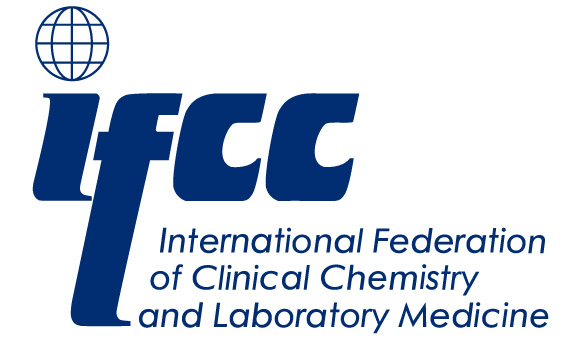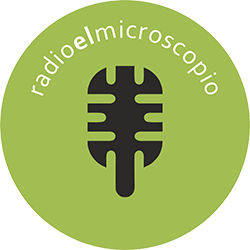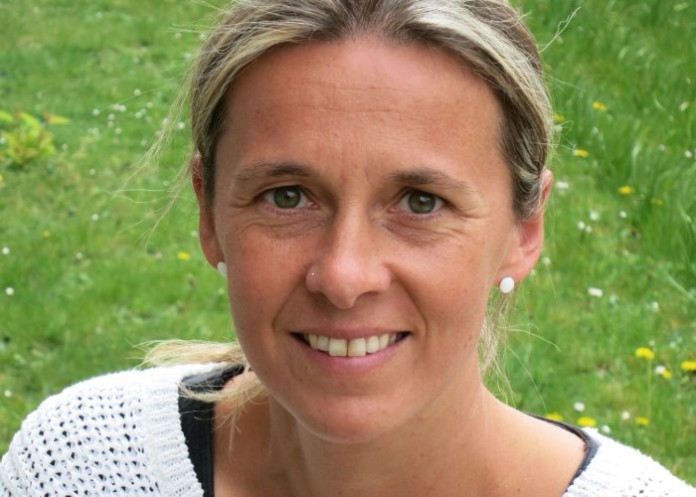For that reason, the diversity of human proteins seems to be fundamentally underestimated. Professors Petra Van Damme and Kris Gevaert report these results in the journal Molecular Systems Biology this month.
In 2001, the entire human genome was decoded in an ambitious, collaborative project called the Human Genome Project. Computer programs were used to predict the boundaries of genes in the raw DNA sequence and the detection of gene transcripts served as validation of this annotation process. Of course, the real proof of a gene being protein coding is to catch the actual protein.
To do exactly that, Van Damme and her team make use of modern mass spectrometry and ribosome profiling technologies. Previously, they and others exposed alternative translation start codons in up to 20% of the human protein-coding genes, which had simply been overlooked by prediction algorithms scanning the human DNA code. PhD student Daria Gawron (VIB/UGent) comments, “A cell might thus -depending on the situation- decide to express a smaller or larger version of a certain protein.”
“In the past, researchers who observed shorter versions of certain proteins, quickly shelved them as non-functional byproducts of protein degradation”, Van Damme (VIB/UGent) says. “Our work shows that these protein variants are generally conserved. Not only are these proteoforms coded for in the genome, they are also tightly regulated and often display altered stability.”
These findings might have important implications for a new and quickly developing science field: gene editing. “To knock out a gene, a point mutation in its DNA sequence can be very accurately introduced with modern gene editing techniques. However, scientists should be aware that by doing so, they might actually induce the formation of a truncated, more stable version of the protein, provoking the exact opposite effect than desired”, Gawron explains.
VIB
Basic research in life sciences is VIB’s raison d’être. On the one hand, we are pushing the boundaries of what we know about molecular mechanisms and how they rule living organisms such as human beings, animals, plants and microorganisms. On the other, we are creating tangible results for the benefit of society. Based on a close partnership with five Flemish universities – Ghent University, KU Leuven, University of Antwerp, Vrije Universiteit Brussel and Hasselt University – and supported by a solid funding program, VIB unites the expertise of 75 research groups in a single institute. VIB’s technology transfer activities translate research results into new economic ventures which, in time, lead to new products that can be used in medicine, agriculture and other applications. VIB also engages actively in the public debate on biotechnology by developing and disseminating a wide range of science-based information about all aspects of biotechnology. More information:http://www.vib.be.
Ghent University
After more than twenty years of uninterrupted growth, Ghent University is now one of the most important institutions of higher education and research in the Low Countries. Ghent University yearly attracts over 41,000 students, with a foreign student population of over 2,200 EU and non-EU citizens. Ghent University offers a broad range of study programs in all academic and scientific fields. With a view to cooperation in research and community service, numerous research groups, centers and institutes have been founded over the years.
For more information http://www.UGent.be.
Source: www.vib.be






























